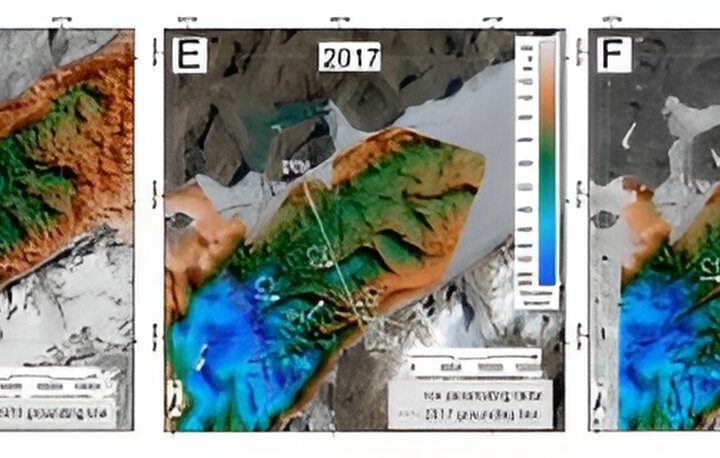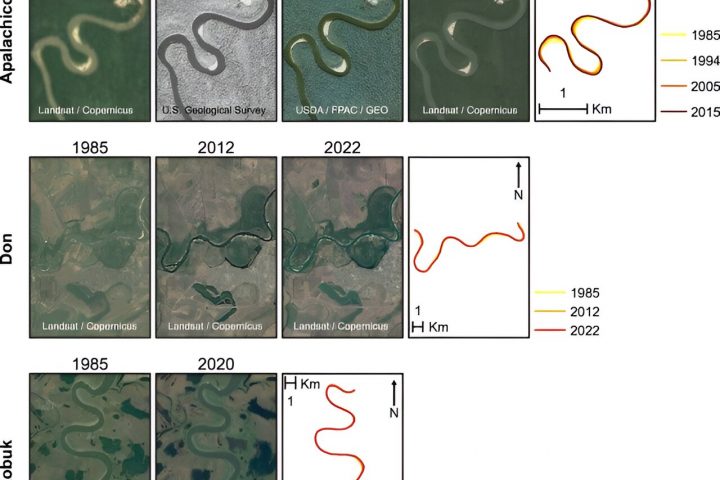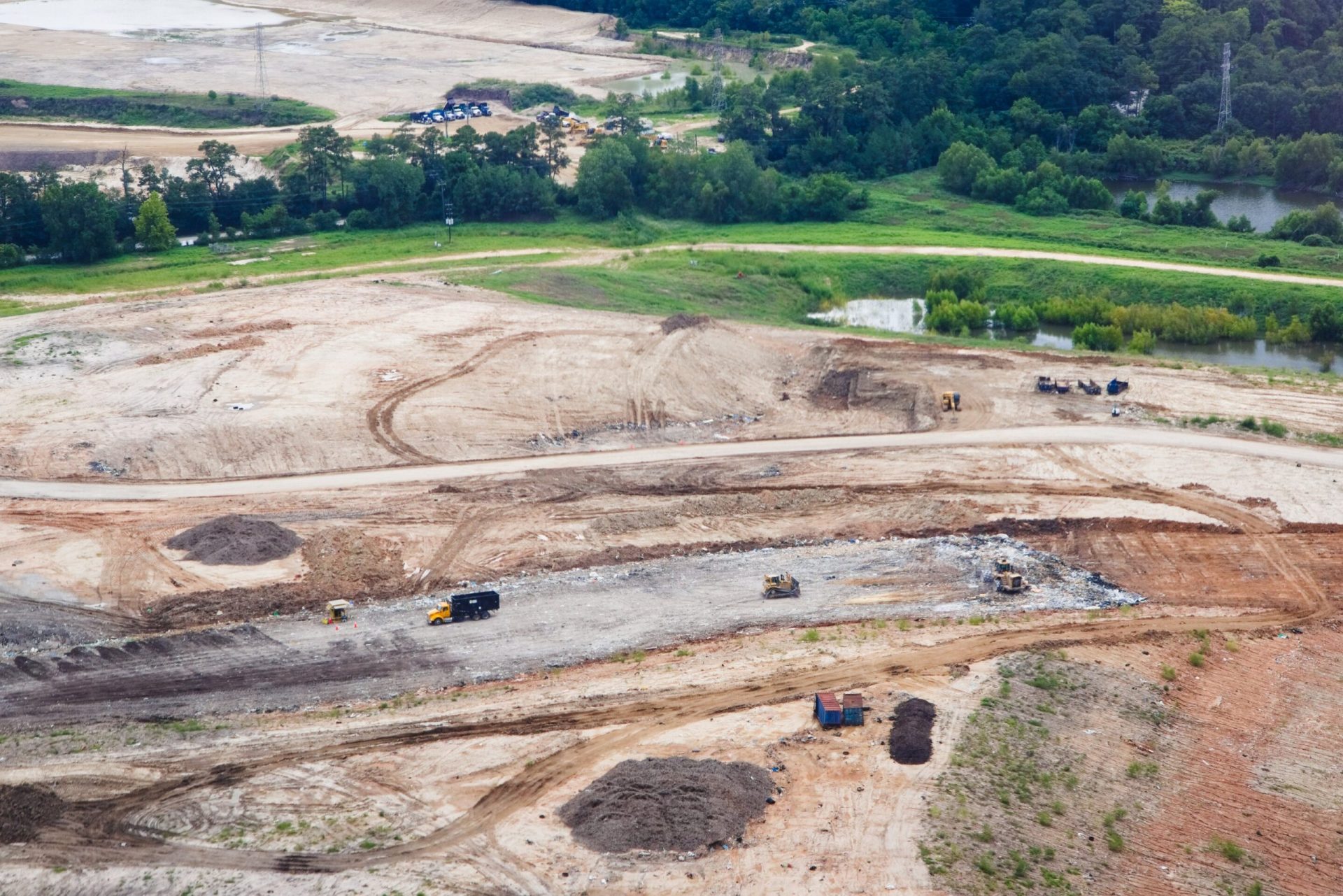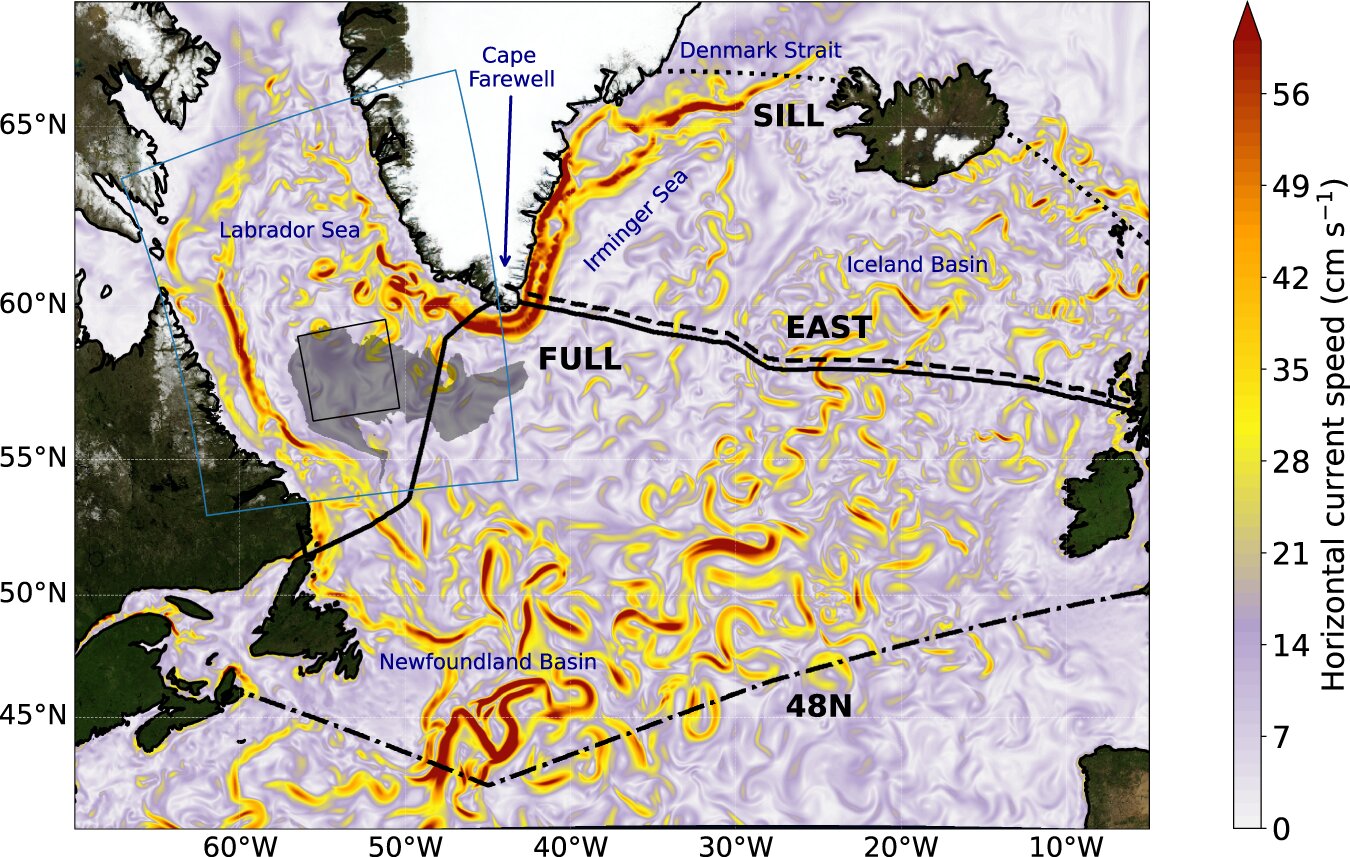The western U.S., particularly the Southwest, has been experiencing a significant rise in record-breaking high temperatures over the past few decades. This has led to recurring droughts, heat waves, and severe consequences for both humans and nature. Water shortages, wildfires, agricultural losses, and increased mortality rates have become all too common.
These regions, which are dominated by water-limited ecosystems, are facing even more water stress due to frequent and prolonged droughts and heat waves. This has a profound impact on ecosystem photosynthesis and carbon uptake, ultimately affecting the global carbon cycle.
Studying vegetation photosynthesis at different time scales provides valuable insights into vegetation growth, carbon uptake, and environmental interactions. While traditional satellite observations have helped monitor gross primary production (GPP) on longer scales, they struggle to capture diurnal variations.
Fortunately, new-generation geostationary satellites with sub-daily sampling capability have emerged in recent years. These satellites offer unique opportunities to study diurnal variations of vegetation photosynthesis and their responses to environmental conditions on a large scale.
In a recent study published in the journal Science Advances, scientists estimated hourly GPP across the Conterminous U.S. using data from the Geostationary Operational Environmental Satellite-R (GOES-R). They then investigated how the diurnal cycle of photosynthesis responded to the severe late-summer heat wave of 2020.
The study explores the impact of heat waves on the diurnal dynamics of photosynthesis at a continental scale. It reveals a widespread midday and afternoon depression of photosynthesis in dryland ecosystems during the heat wave. The researchers also examine the environmental regulation of diurnal photosynthesis dynamics across diverse ecosystems and highlight the limitations of current methods for upscaling satellite snapshots to daily means.
Widespread midday and afternoon depression in ecosystem photosynthesis during the heat wave
The study found that there was a widespread midday and afternoon depression in ecosystem photosynthesis during the heat wave in the western United States. The diurnal metrics shifted towards earlier morning for most of the western regions, resulting in a decrease in daily total GPP. Shrubland and grassland were found to be more sensitive to the heat wave compared to other vegetation types.
The impact of the heat wave on the diurnal cycle of photosynthesis was predominantly observed in arid and semiarid regions. The largest GPP loss occurred at noon or during the afternoon, further highlighting the asymmetric influence of heat waves on diurnal photosynthesis fluctuations.
Environmental controls on diurnal behavior of ecosystem photosynthesis
The study also revealed strong negative relationships between regional-mean daily vapor pressure deficit (VPD) and land surface temperature (LST) with regional-mean CGPP. This suggests that increased heat and water stress contribute to an earlier onset of diurnal CGPP. Different vegetation types showed varying responses to the heat wave, with shrubland exhibiting the strongest negative relationships.
Geostationary satellite-based method better estimates daily GPP and GPP loss during the heat wave
The researchers emphasize that using a snapshot from the earlier part of the morning for daily upscaling leads to an overestimation of daily GPP, while using an afternoon observation results in an underestimation. The current radiation-based upscaling method fails to account for changes induced by varying environmental stresses and light use efficiency throughout the day.
Biases stemming from the radiation-based upscaling method can also affect the calculation of GPP difference between normal and heat wave years. The study estimates a GPP loss of approximately 0.4 Tg C per day during the heat wave period based on GOES-R data.








